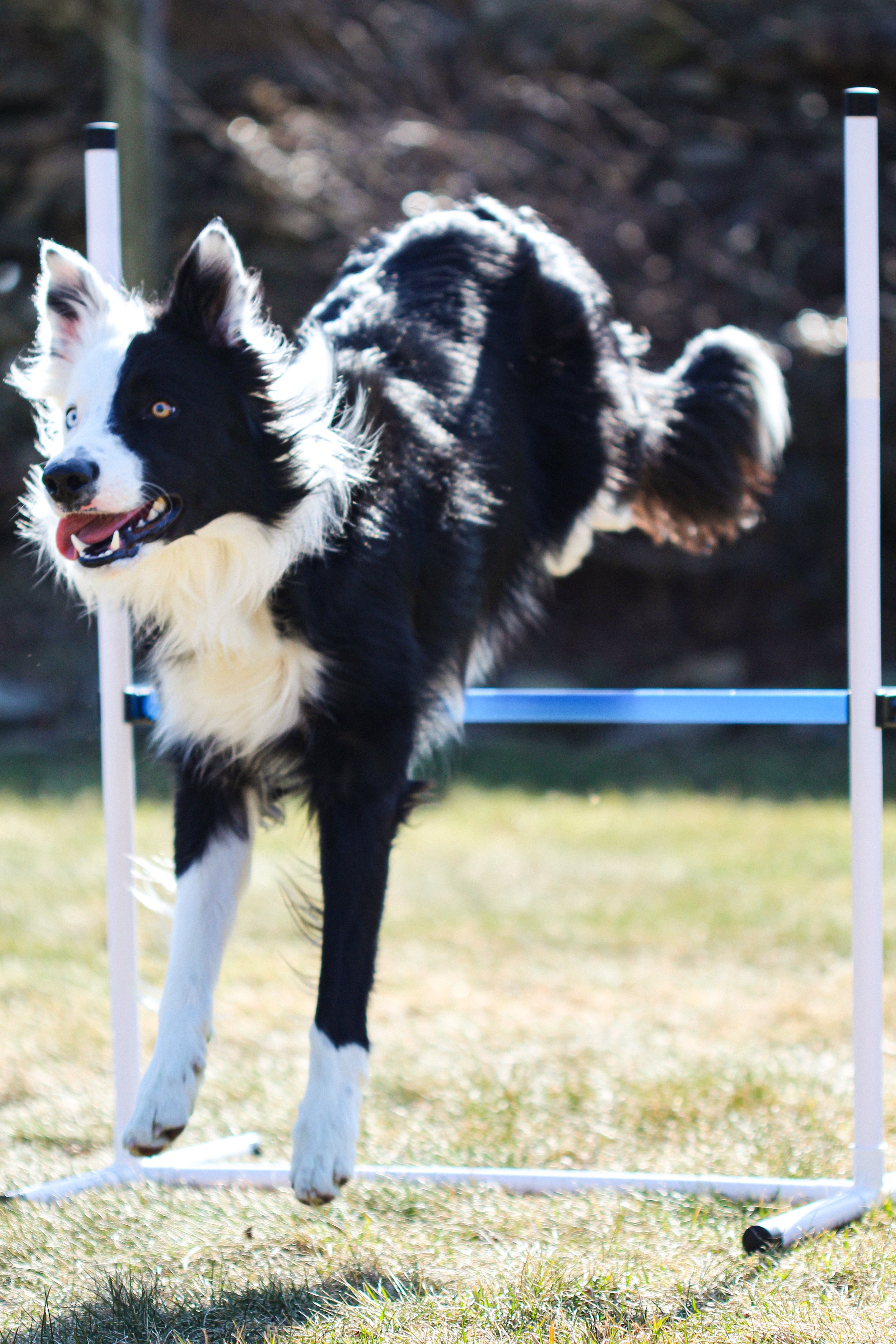Dog agility is a thrilling and dynamic sport that showcases the incredible bond between dogs and their handlers. This high-energy activity involves a dog navigating through a timed obstacle course under the guidance of its human partner. Whether you're a seasoned competitor or just starting out, there are several key training tips to help you and your four-legged friend achieve agility success.
1. Establish a Strong Foundation
Before you start jumping through hoops (literally), it's essential to build a strong foundation of basic obedience skills. Ensure that your dog has a solid understanding of commands like "sit," "stay," "come," and "heel." A well-behaved dog is not only safer in the agility ring but will also have an easier time learning new skills.
2. Positive Reinforcement
Agility training should be fun and rewarding for your dog. Use positive reinforcement techniques, such as treats, praise, and toys, to motivate and encourage your furry friend. Dogs are more likely to excel when they associate agility training with positive experiences.
3. Find the Right Motivator
Every dog has unique motivators. Some may work harder for a tasty treat, while others are more driven by a favorite toy. Experiment with different rewards to discover what gets your dog's tail wagging the most. This will make training more effective and enjoyable for both of you.
4. Start with Basic Obstacles
Introduce your dog to agility gradually, beginning with basic obstacles like tunnels, jumps, and weave poles. Each dog learns at their own pace, so be patient and give them time to build confidence. Start with low jumps and simple tasks before progressing to more complex challenges.
5. Consistent Training Schedule
Consistency is key in agility training. Set up a regular training schedule to help your dog understand when it's time to work on agility skills. Short, frequent training sessions are often more effective than long, infrequent ones. Keep the training sessions engaging and enjoyable.
6. Handler Communication
Communication between you and your dog is crucial. Develop clear and concise commands for each obstacle and practice them consistently. Use a consistent tone of voice and body language to guide your dog effectively through the course.
7. Gradual Progression
Once your dog is comfortable with the basics, gradually increase the difficulty of the obstacles and the complexity of the course. Challenge your dog by introducing new elements like different surfaces, elevation changes, and distractions. This helps them adapt to various agility environments.
8. Reinforce Safety
Safety should always be a top priority in dog agility. Regularly inspect equipment to ensure it's in good condition, and ensure your dog's physical health through regular check-ups. Warm up your dog before training, and pay attention to signs of fatigue or stress.
9. Patience and Adaptability
Agility training can be frustrating at times, but patience is essential. Every dog progresses at their own pace, and setbacks are a natural part of the process. Be adaptable and willing to adjust your training plan based on your dog's needs and abilities.
10. Build Confidence
Boosting your dog's confidence is vital for success in agility. Encourage your pup, celebrate their achievements, and make training a positive experience. Confidence is the key to tackling challenging courses with enthusiasm.
Dog agility is a thrilling and rewarding sport that brings you and your furry companion closer together. With dedication, patience, and a positive attitude, you can help your dog reach their full potential in agility training. These training tips, along with plenty of love and encouragement, will set you on the path to agility success and a bond with your dog that's stronger than ever. So, gear up, take the leap, and have a blast navigating the agility course with your amazing canine partner!
SAFETY FIRST:
As always, you should make sure your dog is in good physical health before beginning any agility training. It’s a great idea to call your dog’s veterinarian to make sure they are cleared for any dog sport.



